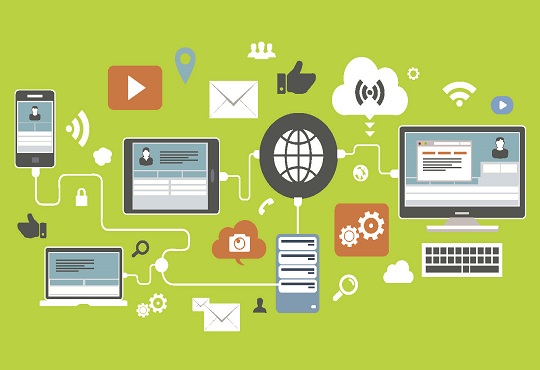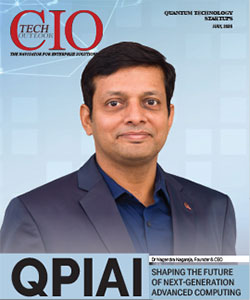ICT: The Road Towards Low Carbon Future
Abhrasnata Das | Sunday, 25 September 2022, 06:37 IST
 When compared with other sectors, the carbon footprint of ICT does not seem particularly significant, currently making up around 1.5% of total global greenhouse gas (GHG) emissions. However, according to a recent paper published in the Journal of Cleaner Production, this footprint will grow to account for as much as 14% of global emissions by 2040 – that's about half the emissions of the global transport sector.
When compared with other sectors, the carbon footprint of ICT does not seem particularly significant, currently making up around 1.5% of total global greenhouse gas (GHG) emissions. However, according to a recent paper published in the Journal of Cleaner Production, this footprint will grow to account for as much as 14% of global emissions by 2040 – that's about half the emissions of the global transport sector.
As ICT's potential to drive low-carbon economic transformation and global climate action becomes more apparent, its growing emissions emerge as a barrier to overcome if the sector is to truly embrace its role as a climate-leading industry – and reap the associated financial opportunities.
"Telecommunications networks and data centers consume a lot of energy to serve you and most data centers continue to be powered by electricity generated by fossil fuels. It's the energy consumption we don't see", says paper co-author, Dr Lotfi Belkhir.
Smartphones are the major driver behind growing emissions from data centres and communication networks – by 2020, the footprint of smartphones alone will surpass the combined contribution of desktops, laptops and displays. These small, handheld devices take relatively little energy to operate, but 85% of their emissions come from their production chains. And as more and more people come online and have access to smartphones, more and more energy is required to power these data centres.
Measuring of ICT carbon emissions
Being able to accurately assess the impact of the ICT that we use is the first step towards reducing carbon emissions. It will allow us to provide a trusted and tested baseline from which we could then identify the projects and activities that can reduce our future emissions. When developing a digital and sustainability strategy, organisations should make it SMART – specific, measurable, achievable, realistic and timely. To do that, they need to have a clear understanding of the impact of the different technologies they use.
It is critical that businesses not only consider the built-in energy efficiency of their hardware – typically measured as performance per watt – but also leverage technologies that provide the intelligence needed. This includes products with power and thermal sensors on critical components, which mean that hardware can be monitored remotely in real time.
When paired with tools that allow a user to see historical and real-time utilisation levels and power consumption, this makes it possible to improve Power Usage Effectiveness (PUE), perhaps by operating IT infrastructure with the least amount of ancillary resources like cooling and backup systems. Ultimately, these solutions avoid wasted energy, cost, effort and environmental impact by driving efficiencies into IT infrastructure.
Sustainable procurement at Defra
Defra’s process for controlling and measuring carbon footprint starts with procurement of information and communication technology (ICT).
We opt for suppliers that demonstrate sustainability both in terms of their own practices and by those of their suppliers. These include monitoring and reducing greenhouse gas emissions and using renewable or green energy, increasing resource efficiency, reducing and minimizing waste, and reducing energy and fuel consumption.
Using technology to achieve net zero emissions
Net zero simply means that any emissions are balanced by absorbing an equivalent amount from the atmosphere. It is possible to reach net zero using technology available today. While solutions are interlinked and complex, key elements include:
For example, in Defra and through our supplier we’ve identified that ‘on demand’ cloud services (those which are used only when required rather than being available all the time as they would be with our own data centers) produce less carbon emissions when we make each virtualized service available only when it’s needed, thus consuming less energy. In addition, through the use of more energy-efficient data center environments.
Can ICT keep the Promise?
The threat of climate change is one of the greatest challenges of our time. To reach the Paris Agreement targets, PWC estimates that the world economy must reduce its carbon dioxide equivalent (CO2e) emissions per dollar of income by 6.3% per year until year 2100.
At the same time, ICT has drastically changed the way we lead our lives, as well as how societies and economies function. How are these phenomena intertwined? It’s often claimed that ICT has the potential to help reduce CO2e emissions, but has it started to deliver on this promise?




